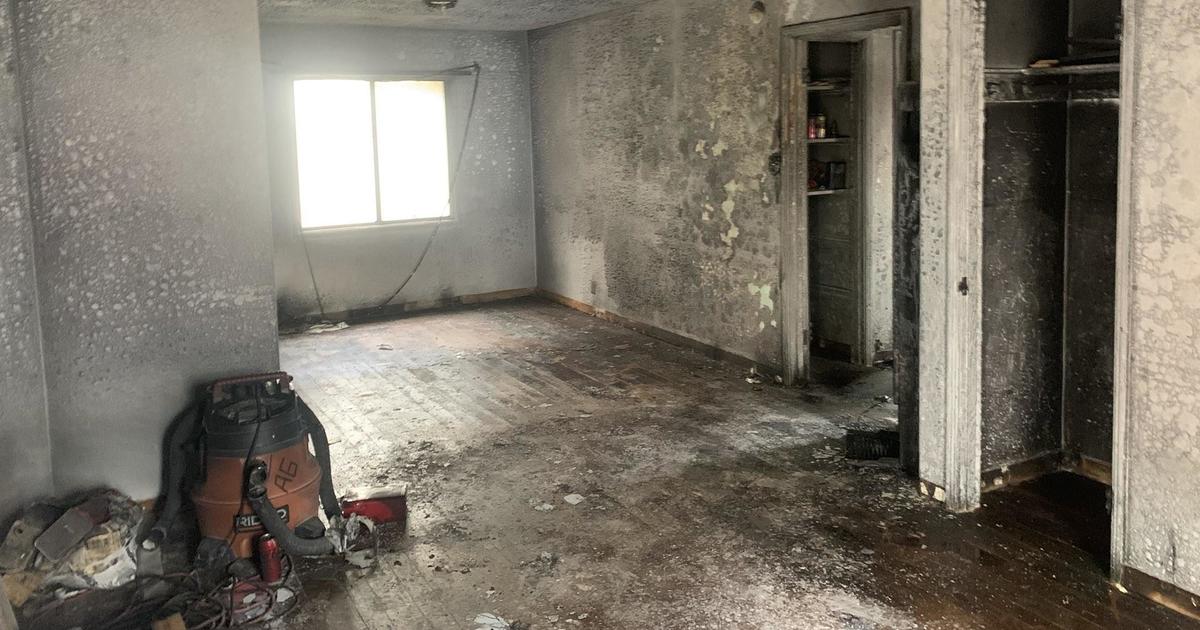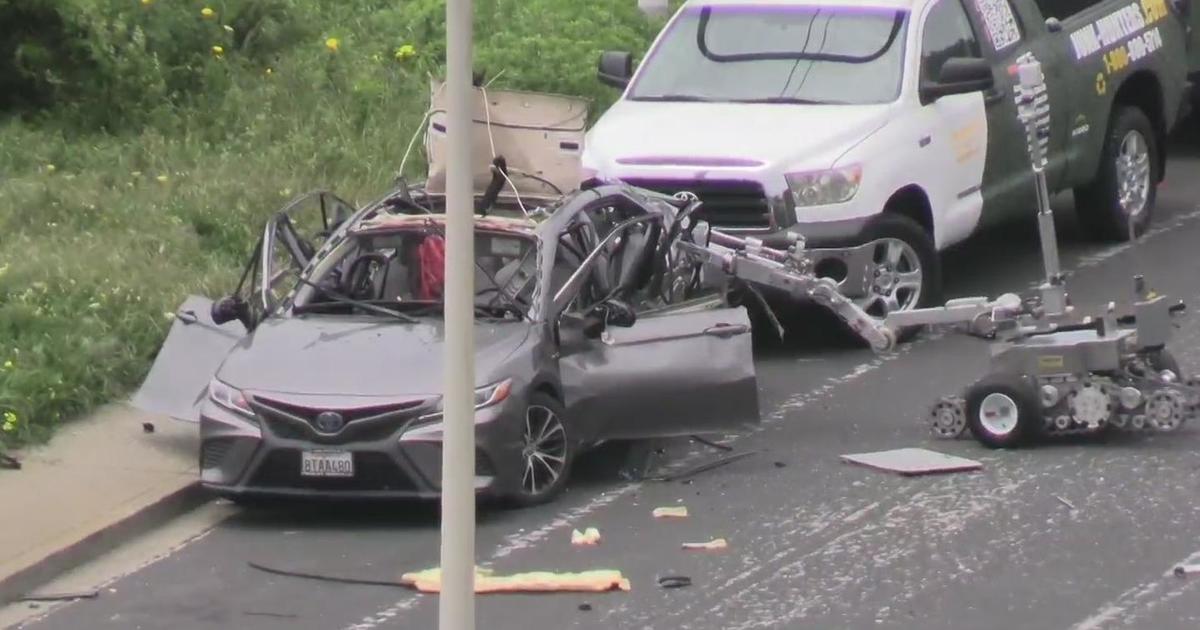Study: Tubbs Fire Firefighters Have Elevated Levels Of Toxins In System
SAN FRANCISCO (CBS SF) -- Firefighters who battled the October 2017 Tubbs Fire in Napa, Sonoma and Lake counties have tested at "troubling" levels for toxic exposure, according to a new study.
148 firefighters volunteered to be part of the study conducted by the San Francisco Firefighters Cancer Prevention Foundation. The results found the firefighters' blood and urine samples showed elevated mercury levels as well as elevated levels of chemical compounds associated with firefighting foams.
Firefighters were tested three weeks after returning home from the Tubbs Fire, where firefighters on the front lines were exposed to toxic chemicals from some of the 5,600 structures that burned, more than half of them homes. Most of the firefighters had little or no protection from the toxic smoke.
The Tubbs Fire was the most destructive wildfire in California history at the time, surpassed in 2018 by the Camp Fire in Butte County. The fire killed 22 people and burned nearly 37,000 acres.
At a press conference to announce the preliminary findings Tuesday at San Francisco Fire Department headquarters, Rachel Morello-Frosch PhD, the lead researcher and Professor of Environmental Science at UC Berkeley, noted that firefighters are more often finding themselves not equipped for wildfires that end up spreading into urban areas.
"I would say that given that firefighters are now on the front lines of climate change, because these wildland/urban interface fires are becoming more frequent and more intense particularly in the state of California, they're also the sentinals for the toxic chemical exposures that they experience in responding to these fire events," said Morello-Forsch. And increasingly urban firefighters are being called on to do mutual aid and very often without the personal protective equipment that they are accustomed to using in urban settings."
The mutual aid teams that raced to the fires in Napa and Sonoma counties were not carrying the kind of gear they would normally take into a burning home.
"Right now our wildland urban interface firefighters, they don't wear a bottle on their back with oxygen, with air that they're breathing. Because they need to be mobile."
San Francisco Fire Chief Jeanine Nicholson said firefighters have decontamination procedures for exposure to toxic smoke, but "there is no perfect answer right now" to the increased risk of cancer firefighters are facing from these fires.
"We're trying to bring awareness to this and ensure that change keeps on happening, because there are too many firefighters that get sick and that shouldn't happen," said Nicholson. "We love doing our jobs. We love being the first ones to help. But we are dying at a high rate of cancer, and that's got to change."
Nicholson also said a similar study is being conducted on firefighters who battled the Camp Fire.
Morello-Frosch said more study is needed to better characterize the kind of chemicals firefighters are exposed to in order to better protect them during wildland/urban interface fires.
"It's important to study them, and it's also going to be import to do more studies on the community members that actually live in locations that are getting decimated by the wildland urban interface fires," said Morello-Frosch.
The implications go beyond the fire zones. For days, smoke from the blazes darkened Bay Area skies during the Camp Fire.
"We have a lot more work to do as scientists to really assess what kind of exposures people are facing, and how we better protect them from exposures to the toxic chemicals that ensue," said Morello-Frosch. "This is just a first step, and this is really preliminary data."




